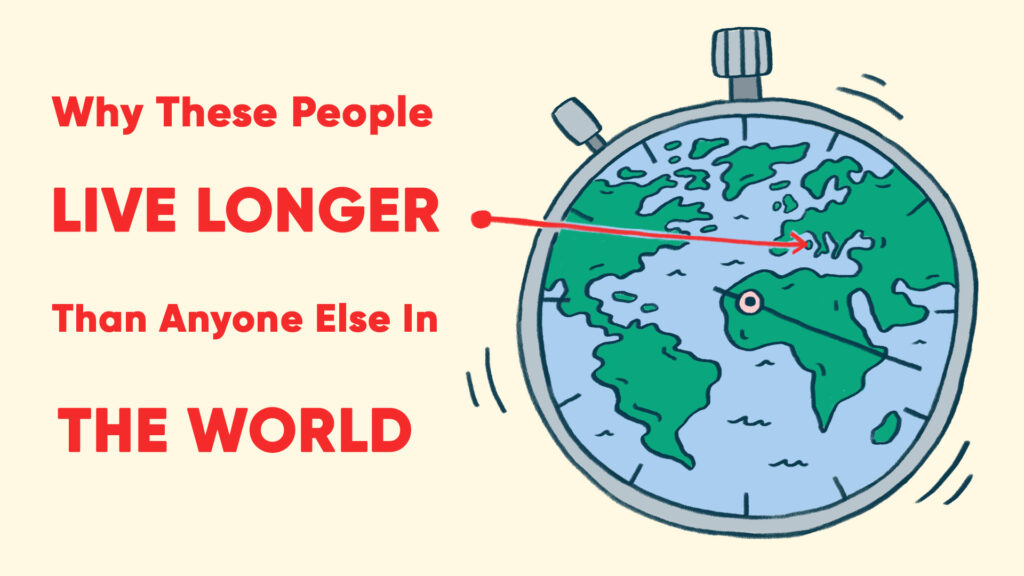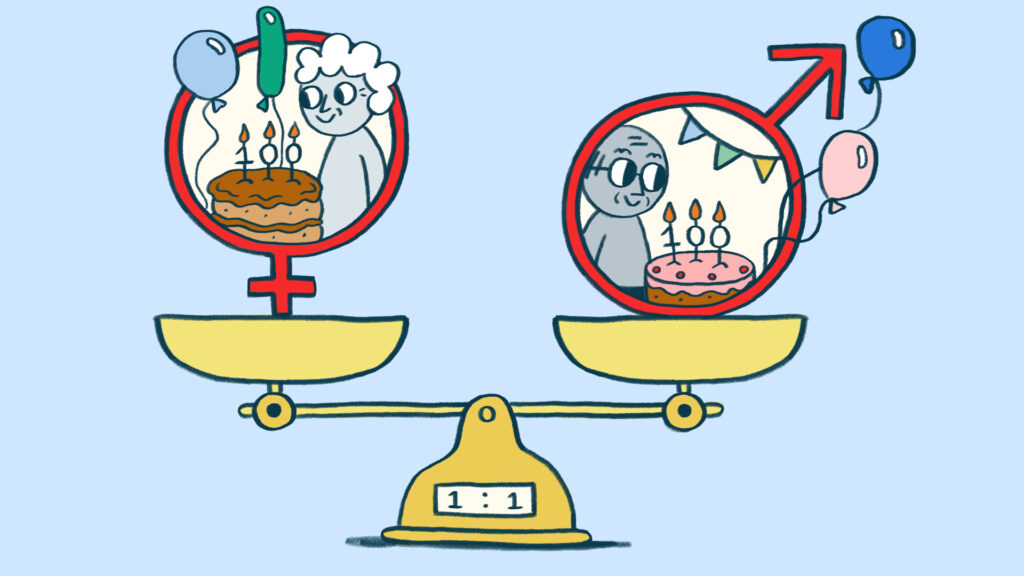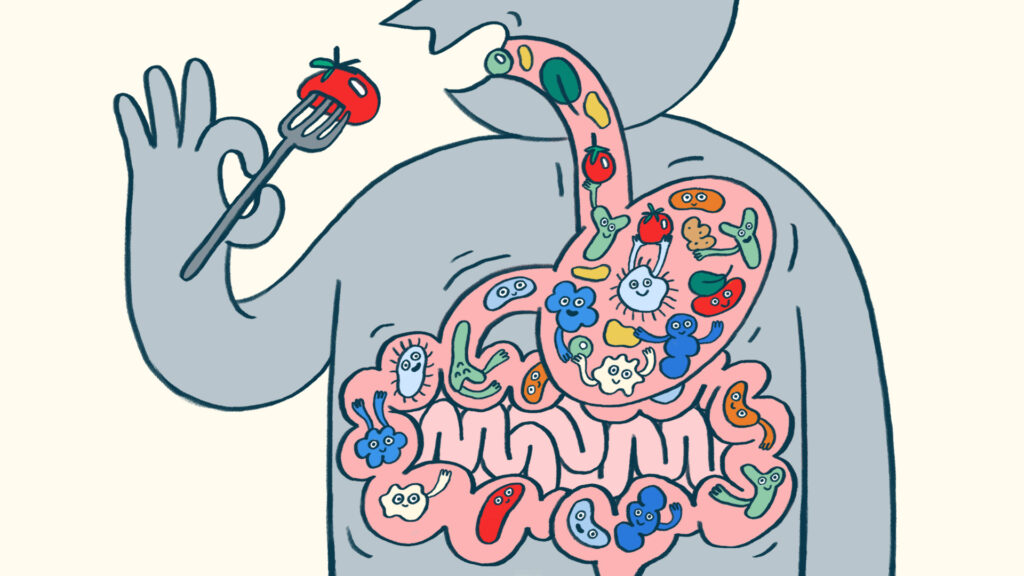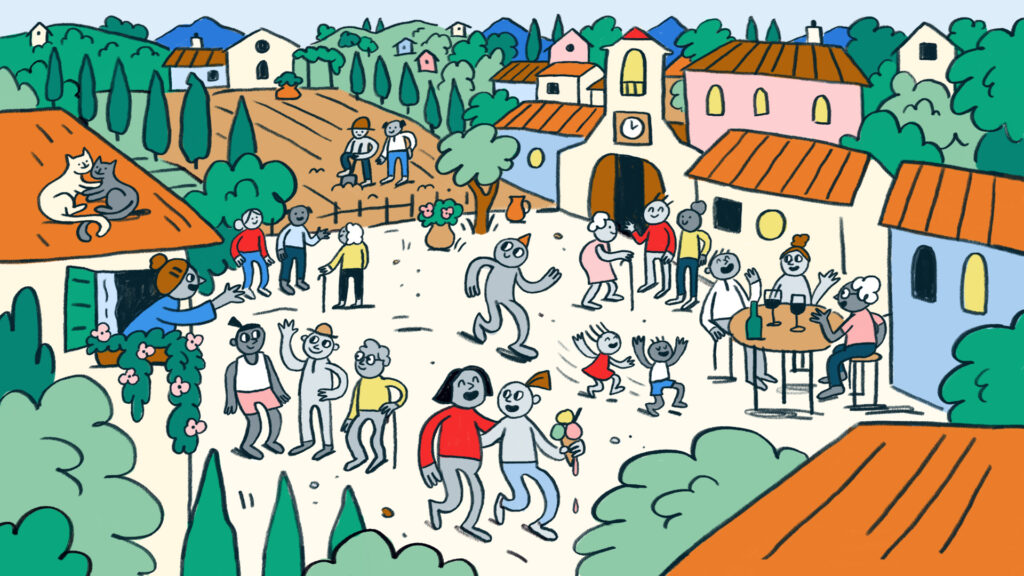The Island Where People Escape Death9 min read

Are wine, olive oil, and laughter the answer to a long life? Maybe, but probably not. Let’s dig a little deeper.
History
Sardinia was dominated by the Aragonese and Spanish for the second millennium until Italy finally took Sardinia in 1861; this beautiful place has a unique culture and history. It is an island with a population of 1.64 million off the western coast of the Italian mainland. People here live longer than anyone else; specifically, the proportion of centenarian men here is the greatest. It is one of five “Blue Zones” worldwide, where people often live above 100 years old. The other four zones are Okinawa (Japan), Icaria (Greece), Nicoya (Costa Rica), and Loma Linda (Calif).

Sardinia, in particular, is interesting because, in most of the Western world, centenarians (people living to 100 or older) are women; outnumbering men 4:1. However, in Sardinia, we see a 1:1 ratio of men to women.1 Men usually succumb to such things as heart disease and cancer at an earlier age than women. The Sardinians, however, are different.
Why is this? There is no one answer; however, maybe, some of the following is at play:
- Community involvement
- Family Ties
- Consumption of locally grown fruits, meats, and vegetables.
So should we all eat together and respect our elders, probably yes-but will it make us live over 100 years old? I’m not sure; let’s check out the science.
Science
Genetics

Life expectancy is mainly determined by genetics and environmental factors. I won’t delve too deep into genetics, but the people of Sardinia may have a few slight advantages. Their insides are different and essential because the gut microbiome is linked to human health, disease, and longevity. The gut microbiota in centenarians of Sardinia has a low abundance of Faecalibacterium and an enrichment of Methanobrevibacter and Desulfovibrio.2 Unfortunately, we still don’t know enough to say “cause and effect,” we do know however, these bacteria have high capabilities in glycolysis and short-chain fatty acid production (SCFA), which could boost longevity. Regarding other genes, Sardinians exhibit higher levels of Neolithic Farmer ancestry than other Europeans.3,5 Many of these genes are associated with healthy aging and longevity related to anemia, gout, heart disease, and kidney disease.6 Importantly, however, another study showed no difference in inflammatory genes between centenarians and controls for the people of Sardinia.4
Environment
But that’s not the fun stuff! We can’t change our genetics; what we can change, however, is our environment. How are our relationships? How is our diet? Do we spend time in nature? Do we exercise enough?
As a species, lifespan has continuously risen for most Western societies thanks to better medical care and access to clean, safe water and food. The Italian life expectancy has gone from 29 years old in 1861 to 82 years in 2011. The number of centenarians has equally skyrocketed, from only 165 in 1951 to more than 15,000 in 2011.7,8 A large majority of this can be attributed to improved healthcare and access to clean water and food. One of the best ways to have a better lifespan is to be born in a developed country that is safe and has abundant access to clean water, food, and healthcare.
But what about these special Italians, these Sardinians? Why are they outliers when compared to the rest of the world? Is there something with them special going on here?
Here is what we do know: easy access to food, medicine, and healthcare, exercise, and having reduced stress, and strong social connections, are all strongly associated with an increased lifespan and quality of life.10-12 Most developed countries have access to the first three, but what about exercise, stress, and social connections? Do we need something else? Is this where the Sardinians pull ahead?
Unfortunately, it was tough to find studies specifically looking at the habits of the Sardinian people and comparing those to the practices of people of the rest of the world. So I did the only thing I could; I had to find out for myself.
Meeting the People
Seolu is a small town in southern Italy that has a special secret, from 1996 to 2016, Seolu had the highest proportion of Centenarians than anywhere else in the world when it had 20 centenarians in a population of around 1000 people.13 To put that into perspective, according to the UN, the US had a centenarian prevalence of about 2.7 per 1000 people, about 10% of the rate Seolu had in that period.

Arriving at the down, I was instantly met by a man waiting on a bench for his friends to chat, a daily activity. Mario was a kind man in his 80s.
Walking around, the town seemed somewhat dead. There was a large party the weekend before, and no one was around. However, luckily, I met the mayor. Then doors opened.
I was introduced next to Giovanni, a 90-year-old man, who told me he was coming back from working on the farm earlier today.
Finally, I met a lovely lady named Elvira, who told me the key to a long and happy life.
Meeting the people, overall, I felt every single person knew each other. They were always together, drinking wine, working in the field, or chatting.
Final Thoughts
I focus on the evidence and leave opinions out of it. I believe in empiric evidence. And as a healthcare professional, I must focus on this if I want to have a tangible impact on improving people’s lives. If I give 100 people a sugar pill that makes them lose weight, some people will lose weight after taking this pill. But is it because of the pill? Probably not. What is the evidence about living longer? Focus on maintaining a healthy weight, managing medical conditions, exercising, sleeping correctly, controlling stress, and having strong social connections for longer and happier life.
The evidence behind consuming wine and olive oil every day, swimming in the ocean every day, eating this grain vs. that grain, or hiking a mountain vs. going for a walk, is iffy at best. Some studies say it’s beneficial, while others say it’s not; to make recommendations, there needs to be a clear picture and clear evidence, and it simply isn’t there now.
However, to take off my doctor hat, subjectively, the activities most Sardinian people do, compared to my fellow Americans, seem more healthy. There is constant movement, whether hiking a mountain to get groceries or tending to the garden. The families are friendly, kind, and extremely close. The elders are respected and needed, constantly looked to for advice, and remain active participants in the community until they die; many didn’t even know what a “nursing home” was. McDonald’s would be built there, and the people wouldn’t eat it because of their hands.” Very few foods are “non-perishable,” the product may have been picked from the garden yesterday or bought from the butcher earlier this morning. Meats are eaten infrequently, and additional sugar is non-existent. never be allowed only eat things “made with the
And, indirectly, many of those activities are supported by evidence: exercise, low stress, maintaining a healthy weight, and having strong social connections.
That is it! Thank you so much for reading, thanks to the lovely town of Seolu for allowing me to visit, and a very special thank you to Mario, Giovanni, and Elvira–arrivederci.
Work Cited
- Deiana L, Ferrucci L, Pes GM, Carru C, Delitala G, Ganau A, Mariotti S, Nieddu A, Pettinato S, Putzu P, Franceschi C, Baggio G. AKEntAnnos. The Sardinia Study of Extreme Longevity. Aging (Milano). 1999 Jun;11(3):142-9. PMID: 10476308.
- Wu L, Zeng T, Zinellu A, Rubino S, Kelvin DJ, Carru C. A Cross-Sectional Study of Compositional and Functional Profiles of Gut Microbiota in Sardinian Centenarians. mSystems. 2019 Jul 9;4(4):e00325-19. doi: 10.1128/mSystems.00325-19. PMID: 31289141; PMCID: PMC6616150.
- Marcus, J.H., Posth, C., Ringbauer, H. et al. Genetic history from the Middle Neolithic to present on the Mediterranean island of Sardinia. Nat Commun 11, 939 (2020). https://doi.org/10.1038/s41467-020-14523-6
- Pes GM, Lio D, Carru C, Deiana L, Baggio G, Franceschi C, Ferrucci L, Oliveri F, Scola L, Crivello A, Candore G, Colonna-Romano G, Caruso C. Association between longevity and cytokine gene polymorphisms. A study in Sardinian centenarians. Aging Clin Exp Res. 2004 Jun;16(3):244-8. doi: 10.1007/BF03327391. PMID: 15462469.
- Chiang CWK, Marcus JH, Sidore C, Biddanda A, Al-Asadi H, Zoledziewska M, Pitzalis M, Busonero F, Maschio A, Pistis G, Steri M, Angius A, Lohmueller KE, Abecasis GR, Schlessinger D, Cucca F, Novembre J. Genomic history of the Sardinian population. Nat Genet. 2018 Oct;50(10):1426-1434. doi: 10.1038/s41588-018-0215-8. Epub 2018 Sep 17. PMID: 30224645; PMCID: PMC6168346.
- https://www.nia.nih.gov/news/genetic-study-sardinia-shines-new-light-disease-and-immunity
- https://www.mortality.org
- https://www.ncbi.nlm.nih.gov/pmc/articles/PMC4822264/
- https://www.pnas.org/doi/10.1073/pnas.0909606106
- Yang YC, Boen C, Gerken K, Li T, Schorpp K, Harris KM. Social relationships and physiological determinants of longevity across the human life span. Proc Natl Acad Sci U S A. 2016 Jan 19;113(3):578-83. doi: 10.1073/pnas.1511085112. Epub 2016 Jan 4. PMID: 26729882; PMCID: PMC4725506.
- Lee DH, Rezende LFM, Joh HK, Keum N, Ferrari G, Rey-Lopez JP, Rimm EB, Tabung FK, Giovannucci EL. Long-Term Leisure-Time Physical Activity Intensity and All-Cause and Cause-Specific Mortality: A Prospective Cohort of US Adults. Circulation. 2022 Aug 16;146(7):523-534. doi: 10.1161/CIRCULATIONAHA.121.058162. Epub 2022 Jul 25. PMID: 35876019; PMCID: PMC9378548.
- National Research Council (US) Panel on Understanding Divergent Trends in Longevity in High-Income Countries; Crimmins EM, Preston SH, Cohen B, editors. Explaining Divergent Levels of Longevity in High-Income Countries. Washington (DC): National Academies Press (US); 2011. 7, The Role of Health Care. Available from: https://www.ncbi.nlm.nih.gov/books/NBK62376/#
- https://www.unionesarda.it/news/seulo-il-paese-piu-longevo-del-mondosoprannomi-e-segreti-del-paese-dei-record-s3w90ecz
- https://population.un.org/wpp/Download/Standard/Population/
0 Comments